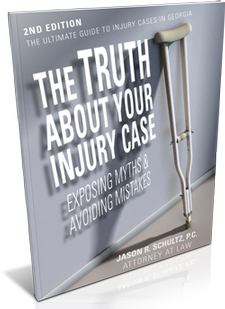Prescription Errors Stemming from a Wrong Drug
Many drugs sound similar to others, even though they treat totally different conditions. This may lead to prescription of the wrong drug. As a result, the incorrect medication could harm the patient. This is especially true if it adversely interacts with other drugs the patient is taking.
The Institute for Safe Medication Practices offers an extensive list of commonly confused drug names, a few examples are:
- Cymbalta and Symbyax;
- Lexapro and Loxitane;
- Lunesta and Neulasta; and
- Oxycodone and Hydrocodone.
Similar to receiving a dosage that is too low, not receiving the correct drug could also prevent proper treatment of the medical condition. As a result, the patient’s condition may get progressively worse.
Common Causes of Prescription Errors
No matter the type of mistake, the one thing that almost all of these cases have in common is that they are a result of human error. This means that the majority of wrong dosages and drugs are preventable.
Mistakes may be the result of miscommunication because of illegible handwriting on a prescription. As a result, the pharmacy could misread which medicine the doctor is prescribing. The good news is that paperless medical facilities can reduce these errors. However, some may still make a mistake when manually entering the prescription.
Another cause for slipups stems from a pharmacist misreading a prescription. The doctor may have written it or entered it correctly, but for some reason the pharmacy mixes up the name of the drug or mixes up numbers, indicating the wrong dosage on the label.
In some cases, others are responsible for communicating or sending a prescription, such as a nurse working with a doctor. It could be that the correct amount or drug was prescribed but the nurse makes a mistake when administering it. Or someone who works for the pharmacy and is primarily responsible for answering the phone and taking prescriptions writes down or communicates the wrong information.
Insufficient training or a lack of experience can also contribute to a prescription error. So can other factors that impact the medical professional’s ability to make sound judgments, such as sleep deprivation or stress because of inadequate staffing.
Whatever the cause, if the error was related to negligent actions, injured patients can seek consultation with an attorney to discuss legal options. Call Jason Schultz today at 404-474-0804.


